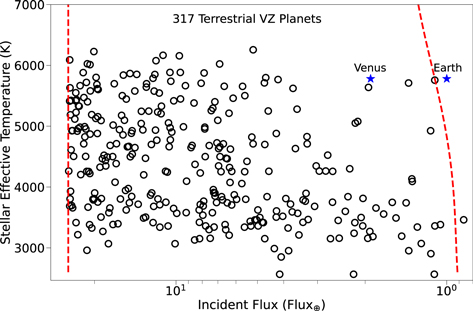2023-03-22 リンショーピング大学
この研究は、流れのネットワーク内の温室効果ガスフラックスの理解を向上させる大きな進歩であり、将来のフラックスを予測する可能性があるとDavid Bastviken氏は述べています。また、降水量が増加すると、より多くの炭素が流れ込み、大気中にも炭素が放出される可能性があることを示しています。したがって、景観炭素貯蔵は将来的には効果が低下する可能性があります。
<関連情報>
- https://liu.se/en/news-item/en-ond-cirkel-klimatforandringen-ger-okade-naturliga-vaxthusgasutslapp
- https://aslopubs.onlinelibrary.wiley.com/doi/full/10.1002/lol2.10312
半乾燥性集水域における水生炭素フラックスは、景観形態、温度、流出量から予測可能である Aquatic carbon fluxes in a hemiboreal catchment are predictable from landscape morphology, temperature, and runoff
Sivakiruthika Balathandayuthabani, Marcus B. Wallin, Leif Klemedtsson, Patrick Crill, David Bastviken
Limnology and Oceanography Letters Published: 06 February 2023
DOI:https://doi.org/10.1002/lol2.10312

Abstract
Aquatic networks contribute greenhouse gases and lateral carbon (C) export from catchments. The magnitudes of these fluxes exceed the global land C sink but are uncertain. Resolving this uncertainty is important for understanding climate feedbacks. We quantified vertical methane (CH4) and carbon dioxide (CO2) emissions from lakes and streams, and lateral export of dissolved inorganic and organic carbon from a hemiboreal catchment for 3 yr. Lateral C fluxes dominated the total aquatic C flux. All aquatic C fluxes were disproportionately contributed from spatially restricted areas and/or short-term events. Hence, consideration of local and episodic variability is vital. Temperature and runoff were the main temporal drivers for lake and stream C emissions, respectively. Whole-catchment aquatic C emissions scaled linearly with these drivers within timeframes of stable land-cover. Hence, temperature and runoff increase across Northern Hemisphere humid areas from climate change may yield proportional increases in aquatic C fluxes.



